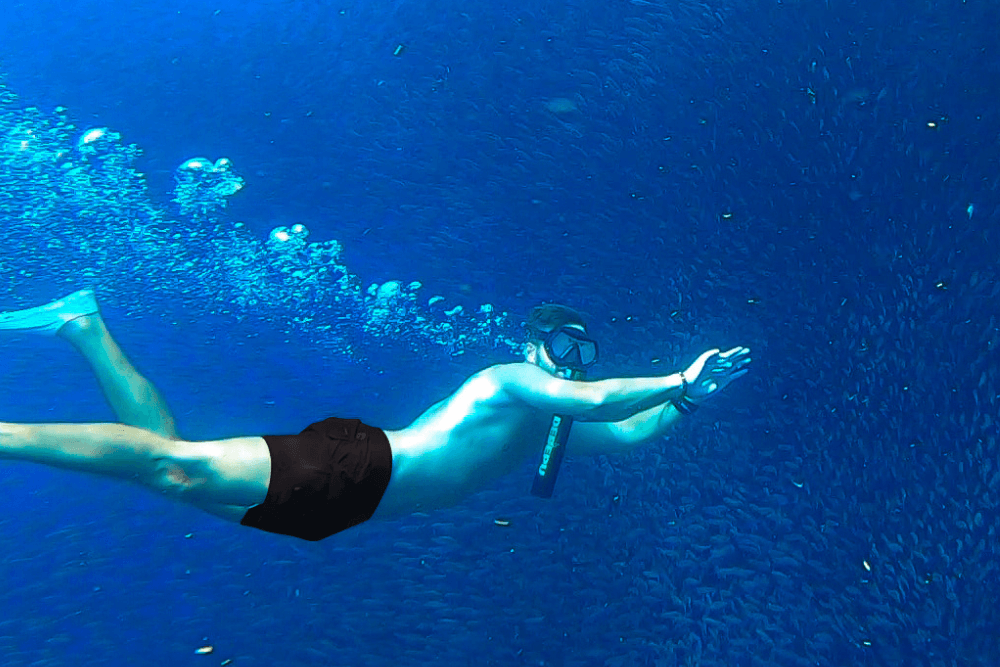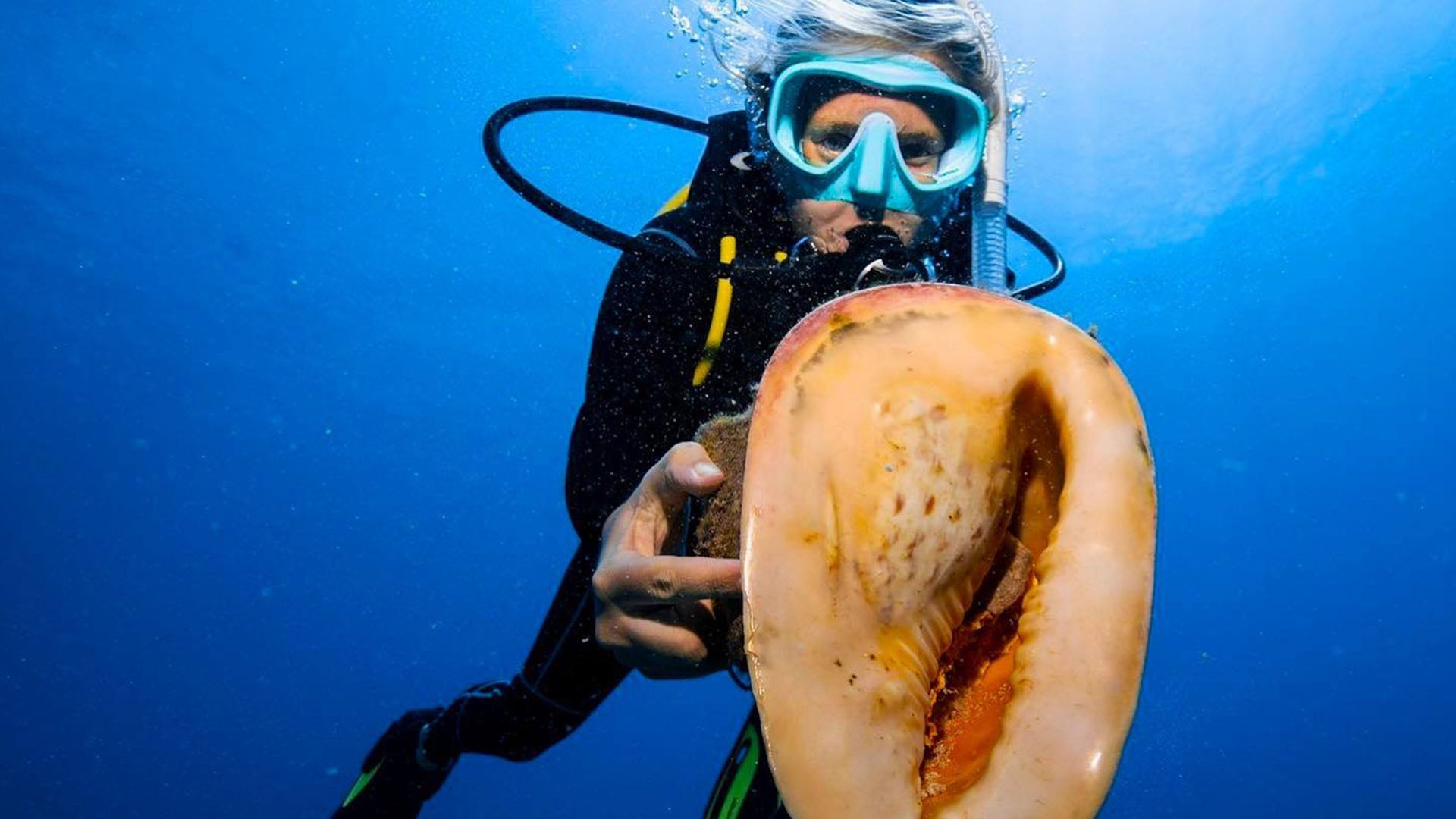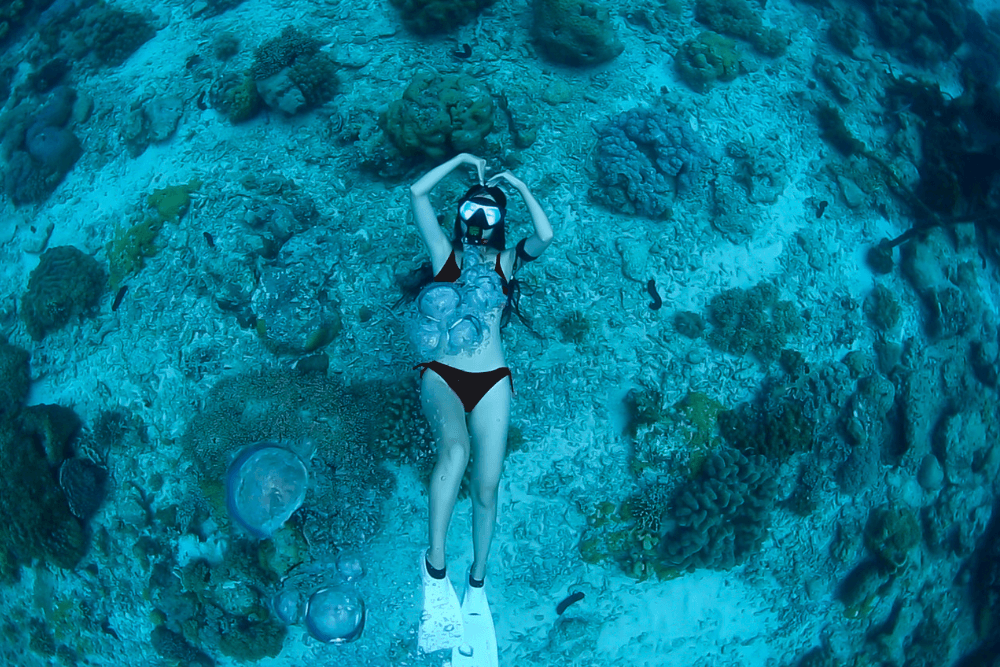Here are 11 must-dive global sites: Great Barrier Reef (1,400+ fish species), SS Yongala wreck (Australia’s giant groupers), Blue Hole (Belize’s 125m sinkhole), Palau’s Jellyfish Lake (millions of stingless jellies), Galápagos (hammerhead shark schools), Thistlegorm wreck (Red Sea’s WWII relics), Sipadan (barracuda tornadoes), Cenotes (Mexico’s crystal caves), Silfra Fissure (Iceland’s tectonic dive), Maldives (manta ray night dives), Richelieu Rock (Thailand’s whale shark hotspot). Visibility exceeds 30m at most sites.
What Defines the Best Scuba Diving Destination?
The world's top dive sites share three measurable traits: visibility exceeding 30 meters (100ft), marine biodiversity above 500 species per square kilometer, and year-round water temperatures between 26-30°C (79-86°F). Sites like Palau's Blue Corner and Indonesia's Raja Ampat average 40m visibility for 300+ days per year, while Caribbean reefs maintain 27°C thermoclines at 30m depths—ideal for extended bottom times.
Marine Life Density Matters
A high-quality reef hosts 3-5 times more fish biomass than average locations—the Coral Triangle averages 1,200kg of fish per hectare compared to 400kg in the Caribbean. Wreck dives need minimum 10m clearance from the seabed to allow safe penetration, with optimal structural integrity showing <5% corrosion after 20+ years underwater. Currents between 0.5-1 knot create ideal drift diving conditions, while anything above 2 knots becomes dangerous for recreational divers.
Accessibility & Logistics
The best sites have boat access under 30 minutes from shore—longer trips reduce actual bottom time by 15-20% due to surface intervals. Shore dives require gentle entries (<1m waves) and sandy exits to prevent gear damage—coral-cut wetsuits lose 50% insulation efficiency after 5+ abrasions. Dive operators should maintain 1:4 guide-to-diver ratios for safety; groups larger than 8 divers cause 40% more reef contact damage.
Seasonal Considerations
Manta rays appear 90% more frequently during plankton blooms (May-November in Hawaii), while hammerhead schools in Cocos Island peak at 300+ individuals from June-December. Thermocline depth matters too—sharks patrol 20-25m thermoclines in the Red Sea, while macro life thrives in 10-15m warm layers in the Philippines. Monsoon patterns affect 80% of Asian dive sites, with visibility dropping 50% during rainy seasons.
Infrastructure Quality
Reliable air fills need filtration systems removing 99.9% of moisture—poor fills cause 25% of regulator freezes below 20m. Good sites offer nitrox availability (32-36%), extending no-deco times by 20-30% on repetitive dives. Camera stations with freshwater rinse tanks prevent 70% of saltwater corrosion damage to expensive housings.
Environmental Protection
Protected marine parks show 300% healthier coral growth than unprotected areas. Sites limiting daily divers to 50 people maintain 95% coral coverage, while overcrowded locations degrade to 60% in just 5 years. Artificial reefs need 5-7 years to reach full marine colonization—Florida's USS Spiegel Grove now hosts 200+ species after 15 years underwater.
Pro Tip
Prioritize sites with scientific monitoring programs—these locations maintain 40% better conditions due to active management. Check live webcams before booking—a 3-day visibility forecast prevents 50% of disappointing dives. For photographers, choose locations with <1m surge and midday sun angles—this lighting reveals 90% more color at depth than morning dives.
Choosing the Best Diving Destination for You
Picking the right dive location depends on matching conditions to your certification level—a beginner in strong currents risks 3x more accidents than in calm bays. Divers with <30 logged dives should choose sites with visibility above 20m, depths under 18m, and currents below 0.5 knots—conditions found in 70% of Caribbean house reefs. Advanced divers seeking pelagics need 40m+ visibility and thermoclines at 25-30m, features common in 50% of Pacific atolls.
Water Temperature Considerations
Divers in 23°C (73°F) water without proper exposure protection lose 1.5°C of core temperature per 30 minutes, limiting dives to 40 minutes max. Those using 5mm wetsuits extend dive times by 25% in 26-28°C waters, while 7mm suits or drysuits are mandatory below 20°C. Cold-water divers experience 15% faster air consumption due to shivering—an important factor when choosing destinations like Iceland vs. the Red Sea.
Marine Life Preferences
Macro photographers need muck diving sites with <10m depth and sandy bottoms—Lembeh Strait hosts 200+ rare species in just 2 square kilometers. Shark lovers should target cleaning stations—Tiger Beach sees 95% encounter rates at 8m depth, while Socorro’s giant mantas appear 80% of the time at 15-20m. Coral enthusiasts will find healthiest reefs (80-95% live coverage) in marine protected areas like Bonaire’s National Park.
Logistics & Practical Factors
Locations with shore diving access allow 50% more dives per day than boat-only sites—you can complete 5 shore dives in the time it takes to do 3 boat dives. Resorts with on-site fill stations reduce surface intervals by 30 minutes per dive compared to operations using off-site facilities. Check tank valve types—80% of Asian dive ops use INT valves, while the Caribbean prefers DIN; adapters add failure points and cost extra baggage weight.
Skill Maintenance
Divers taking 6+ month breaks lose 40% of buoyancy control precision—choose easy sites for return dives. Those practicing year-round in quarries or pools maintain 90% of their skills, allowing immediate progression to advanced sites. Underwater navigators should pick reefs with distinct features every 5-10m—Cozumel’s swim-throughs provide perfect reference points, while open blue water sites challenge even experts.
How to Plan and Book a Scuba Diving Trip
Booking a dive trip 6-9 months in advance secures 30% better prices on liveaboard cabins and 50% more availability at top-rated dive resorts. Last-minute bookings (within 4 weeks of travel) face 20-40% price hikes, with 80% of premium operators already fully booked. The ideal trip length is 7-10 days—shorter than 5 days doesn't justify travel time, while trips over 14 days see 15% dive fatigue reducing enjoyment.
Flight Logistics
Book flights arriving before 3 PM local time—this allows 18+ hours before your first dive, reducing DCS risk by 50%. Avoid tight connections—40% of delayed baggage occurs on itineraries with <90-minute layovers. For international trips, choose airlines allowing 23kg for dive gear without extra fees—paying overweight charges adds 25% to total trip costs.
Choosing Dive Operators
Resorts with <8 divers per boat provide 40% more bottom time than crowded operations. Check if they offer nitrox (32-36%)—using enriched air extends no-deco limits by 20-30% on repetitive dives. Verify guide-to-diver ratios—1:4 is ideal, while 1:8 or higher increases marine contact incidents by 60%. Look for operators with daily equipment inspections—those servicing gear every 50 dives have 90% fewer equipment failures.

Insurance Considerations
Standard travel insurance covers <15m recreational diving, while technical divers need policies extending to 40m+. Verify hyperbaric chamber coverage—a single treatment costs 5,000-15,000, and 30% of dive destinations lack nearby facilities. DAN insurance processes 95% of claims within 14 days, while generic insurers take 45+ days.
Gear Strategy
Bringing a full set of gear (25-30kg) makes sense for 10+ dive trips, while renting locally works better for <5 dives. If bringing regulators, choose lightweight models (<1.5kg)—every 0.5kg over airline limits costs 50-100 in fees. Pack masks and computers in carry-ons—18% of checked baggage gets delayed, and replacements cost 200-500 at resorts.
Seasonal Planning
Avoid monsoon months—July-August brings 3m swells to Southeast Asia, reducing visibility from 30m to 5m. Shoulder seasons (April-May, September-October) offer 85% of peak-season conditions with 40% fewer divers. For pelagic encounters, time trips with spawning seasons—November in Socorro guarantees 90% manta ray sightings, while July in Cocos sees 300+ hammerhead schools.




Leave a comment
All comments are moderated before being published.
Situs ini dilindungi oleh hCaptcha dan berlaku Kebijakan Privasi serta Ketentuan Layanan hCaptcha.